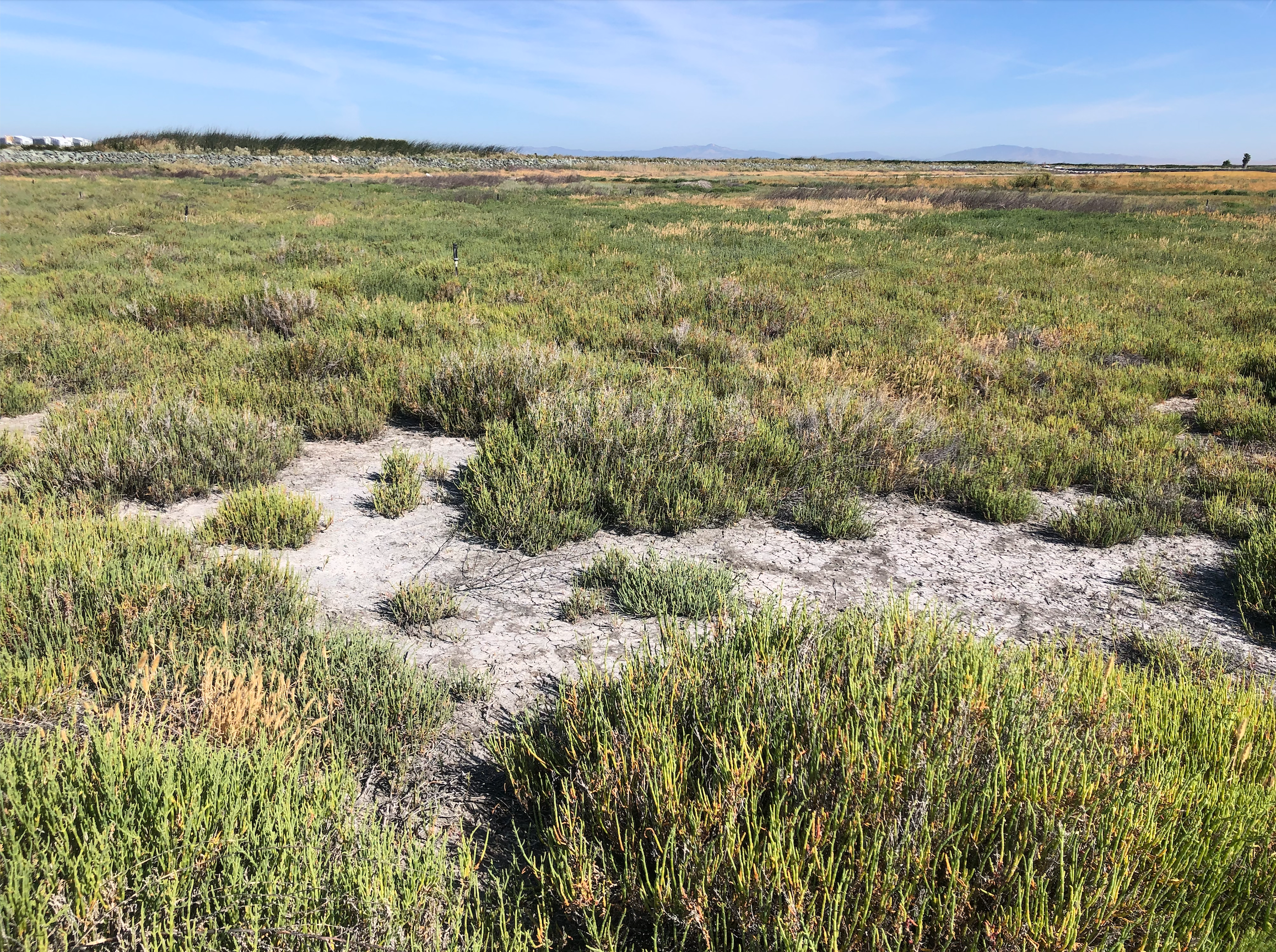A Q&A with Katherine of BluumBio
Promoting and protecting biodiversity is not only good for the planet, it’s actually a big business. For decades, chemicals like petroleum, pesticides, and plastics have been destroying our nature and wildlife. Soil, air and water quality are all at major risk given there are so many pollutants stemming from industrial activities vital for our existence.
We sat down with Katherine French, Activate fellow and Founder of BluumBio. She’s building a bio-remediation business that leverages enzymes to remove man-made materials from nature. By integrating molecular biology, enzyme design and optimization, ecology and natural product development, Bluum can help nature fight on its own. By minimally disturbing the natural environment, they can remove contaminants and restore degraded landscapes.
What are some of the ways you leave the environment better than you found it?
Our microbes break down industrial chemicals into CO2 and water, leaving nothing behind. Essentially, these chemicals act as ‘food’ for the microbes. They go into their central metabolism and are turned into small naturally occurring metabolites (e.g. acetate) which are used by the microbes as an energy source. By removing toxic chemicals from soil, native ecosystems can flourish, from native microbiota, to insects and plants. That’s because industrial chemicals often suppress native microbial diversity, favoring bacteria and fungi that can persist under toxic conditions. If you remove these chemicals, the soil is healthier.
On the same note, certain chemicals like petroleum hydrocarbons negatively affect the reproductive systems of wildlife, like birds and insects. Once these chemicals are removed, wildlife comes back to these areas and populations rebound. As they rebound, the ecosystem services they provide also come back, whether it’s pollination or seed dispersal etc. Once contaminated terrestrial sites are restored, they have a new future ahead. Some sites are used for agriculture; others are turned into nature preserves or used for housing and greenspaces.
What got you personally so motivated to work on site remediation for chemical companies?
I like to solve problems and also love nature. I’ve always felt that pollution was one of the greatest unmet challenges of the 21st century. Our soil and water is highly contaminated with a variety of chemicals, not just industrial chemicals, but also pharmaceuticals and microplastics. How do we clean up this legacy of human consumption and industrialization? Who should pay?
I think there has been a wonderful shift into using more sustainable materials (e.g. Sway, Twelve), but there has been less of a movement into looking critically into what we have done to the environment and actually taking action to undo or at least mitigate what has been done. Because I have a background in both biology and ecology, I felt strongly that there were biological (or ‘nature based’) solutions that can address some of the challenges associated with pollution. Microbes, whether bacteria or fungi, have an incredible ability to break down many chemicals. We just need to find the right ones to help us and use good science (meaning lots of data!) to turn them into products.
How do you and other site remediation companies navigate regulations and regulatory complexity and compliance?
All remediation (at least in the US) must be done according to regulation from the Environmental Protection Agency (EPA), Water Board, and Department of Toxic Substances Control (DTSC). The EPA determines the allowable limit of specific chemicals in the environment. For example, for many PFAS chemicals it’s 4ppt or below for drinking water. Clients with contaminated sites must submit remediation plans and progress reports to the EPA, Water Board and DTSC. Most clients work with engineering firms like AECOM or ERM to do this reporting and to organize the actual site clean up. Bluum is often a subcontractor to these firms. Because regulation changes periodically, webinars and workshops are a great way to see current and forecasted changes in regulatory compliance.
